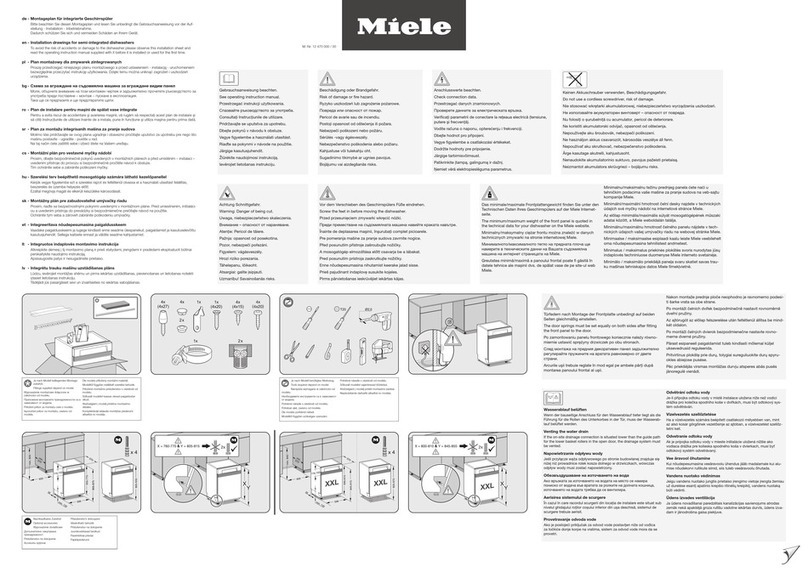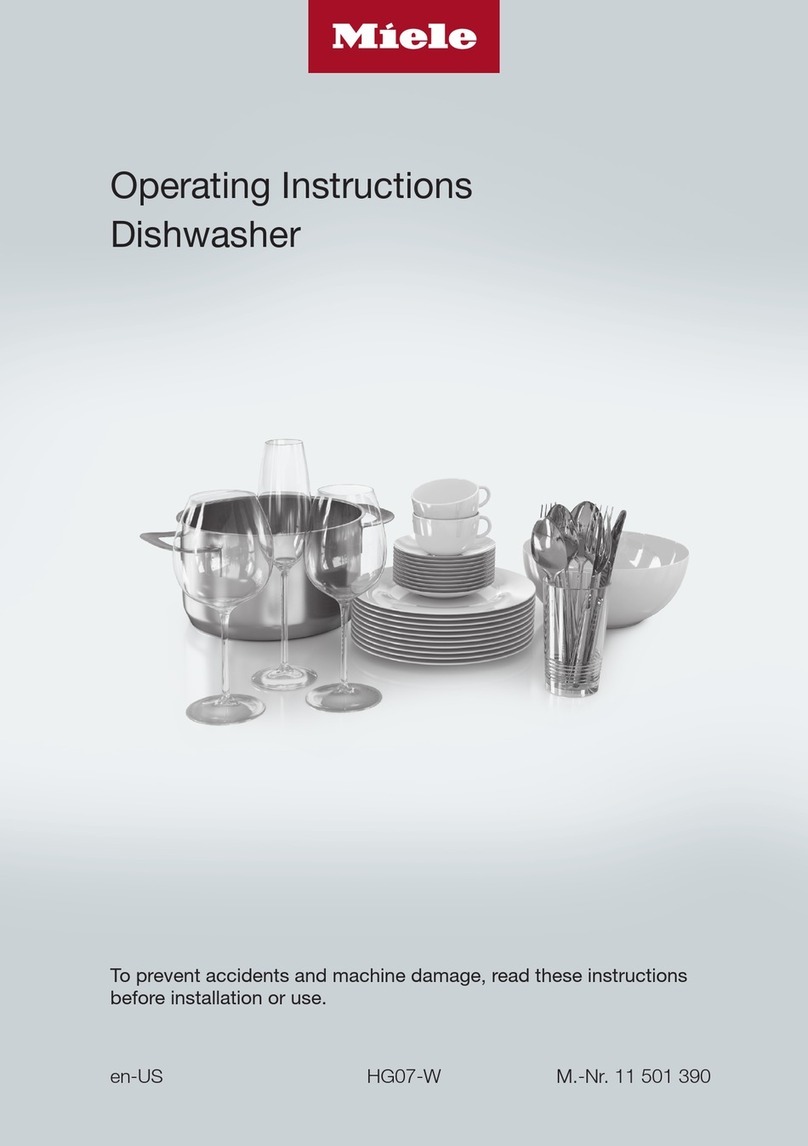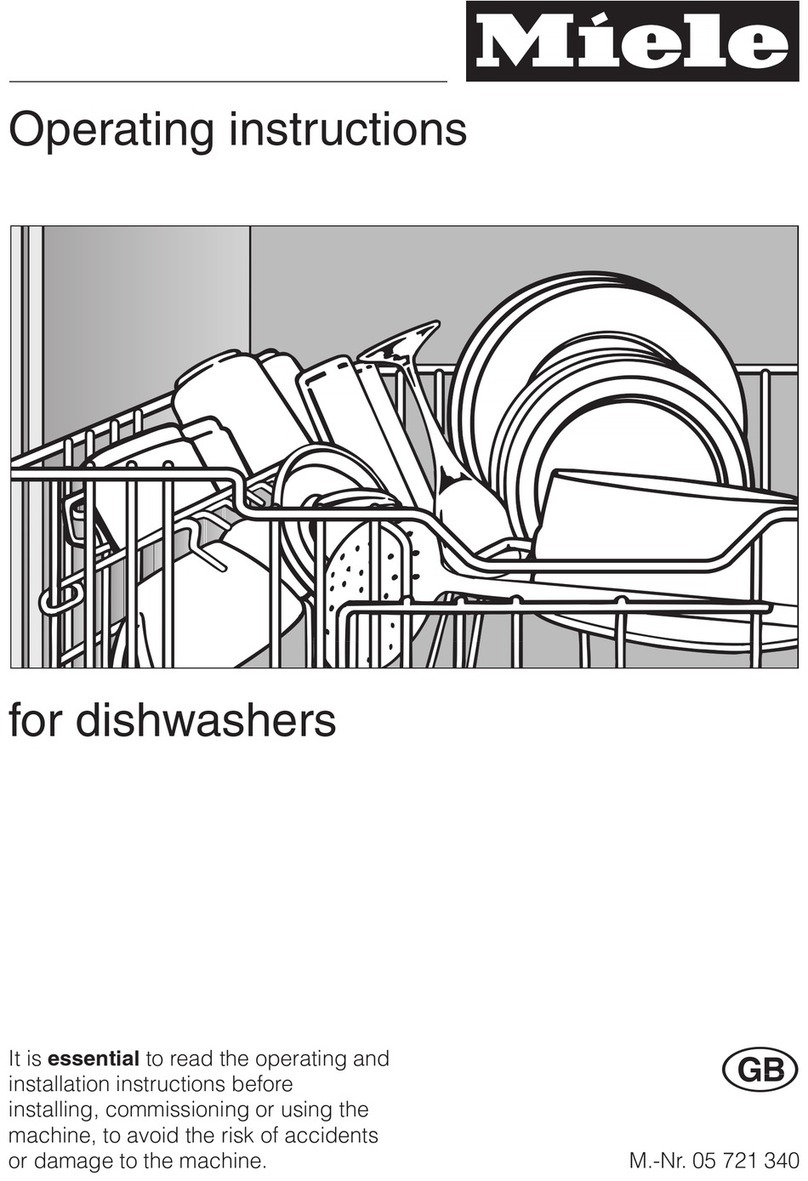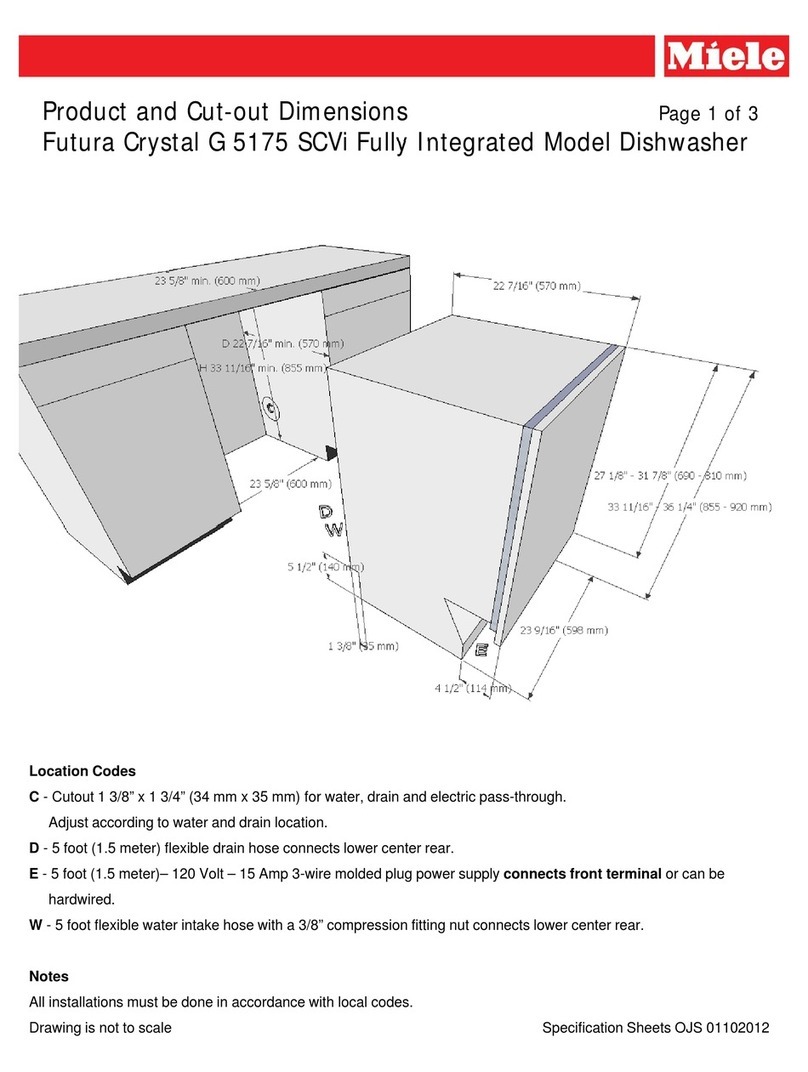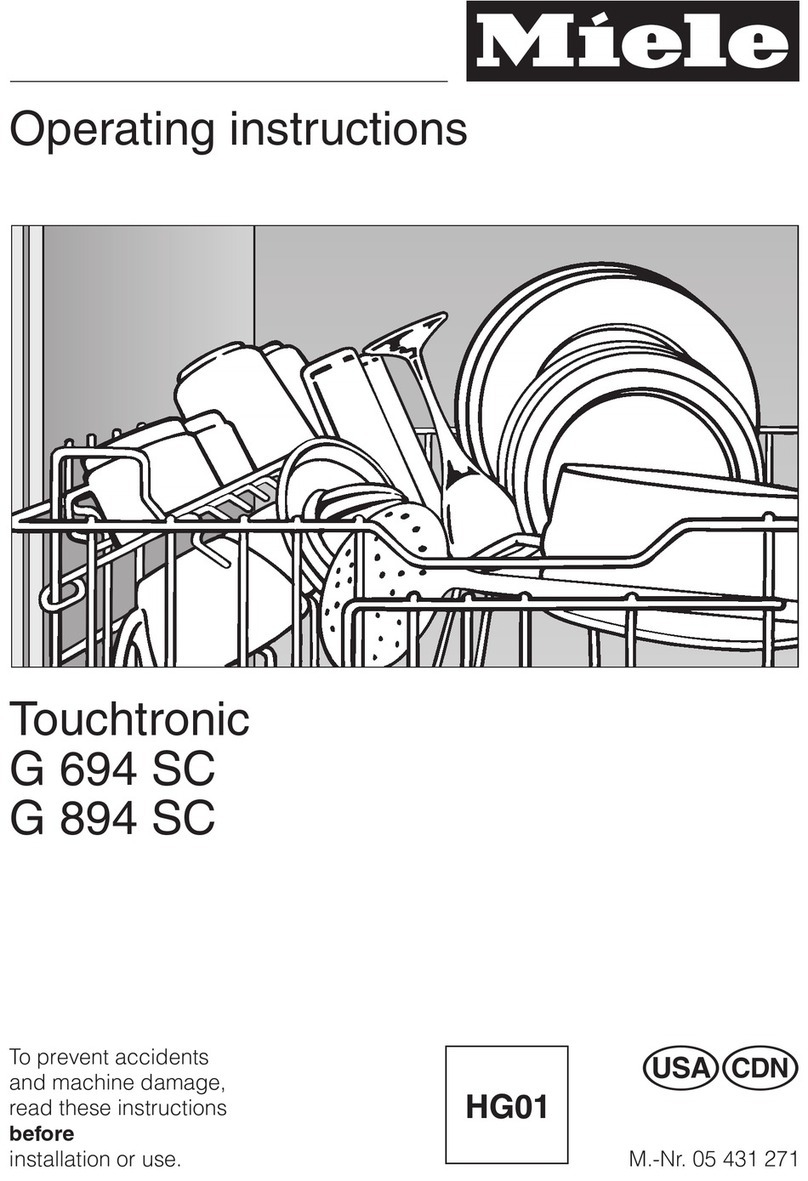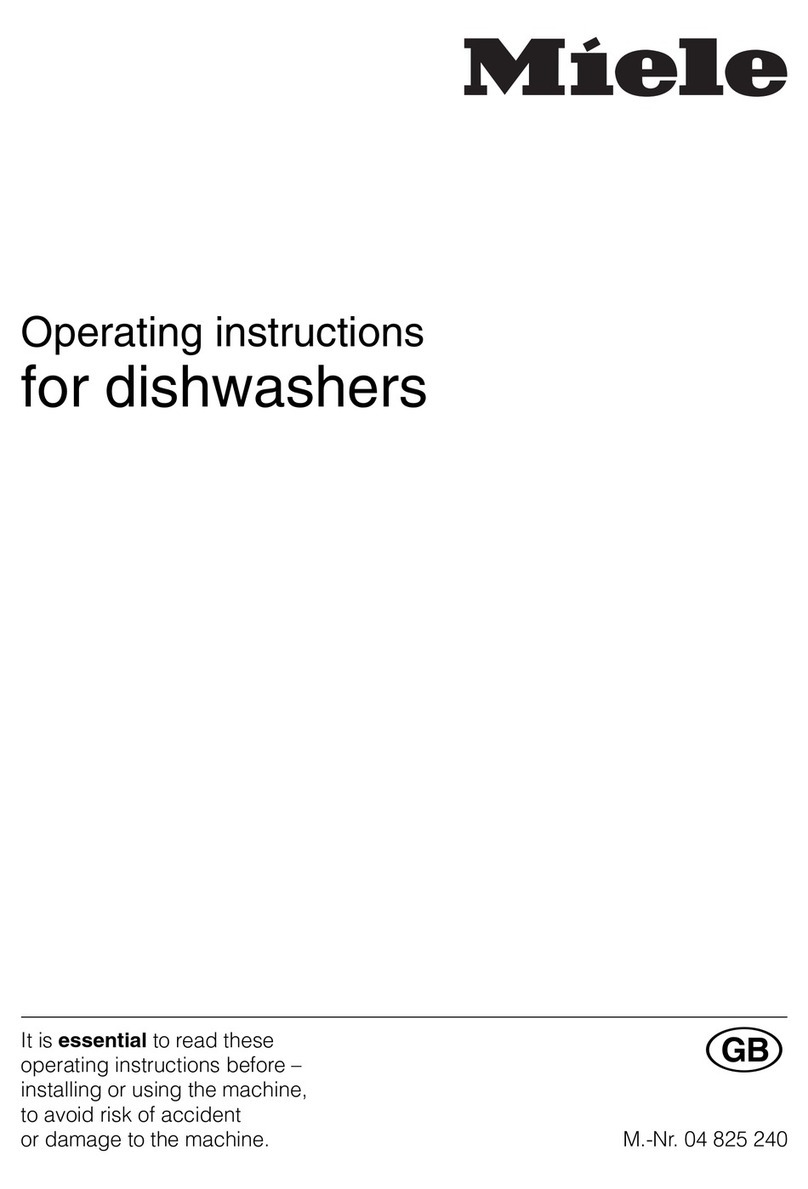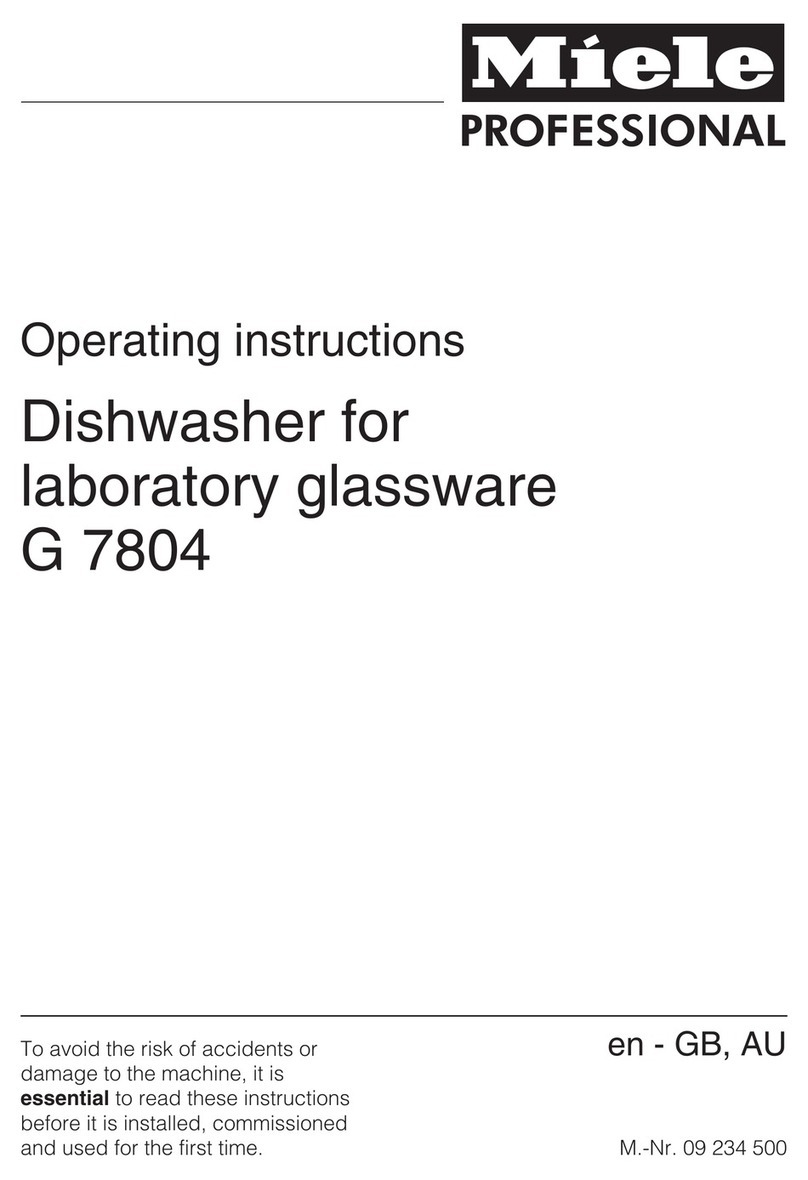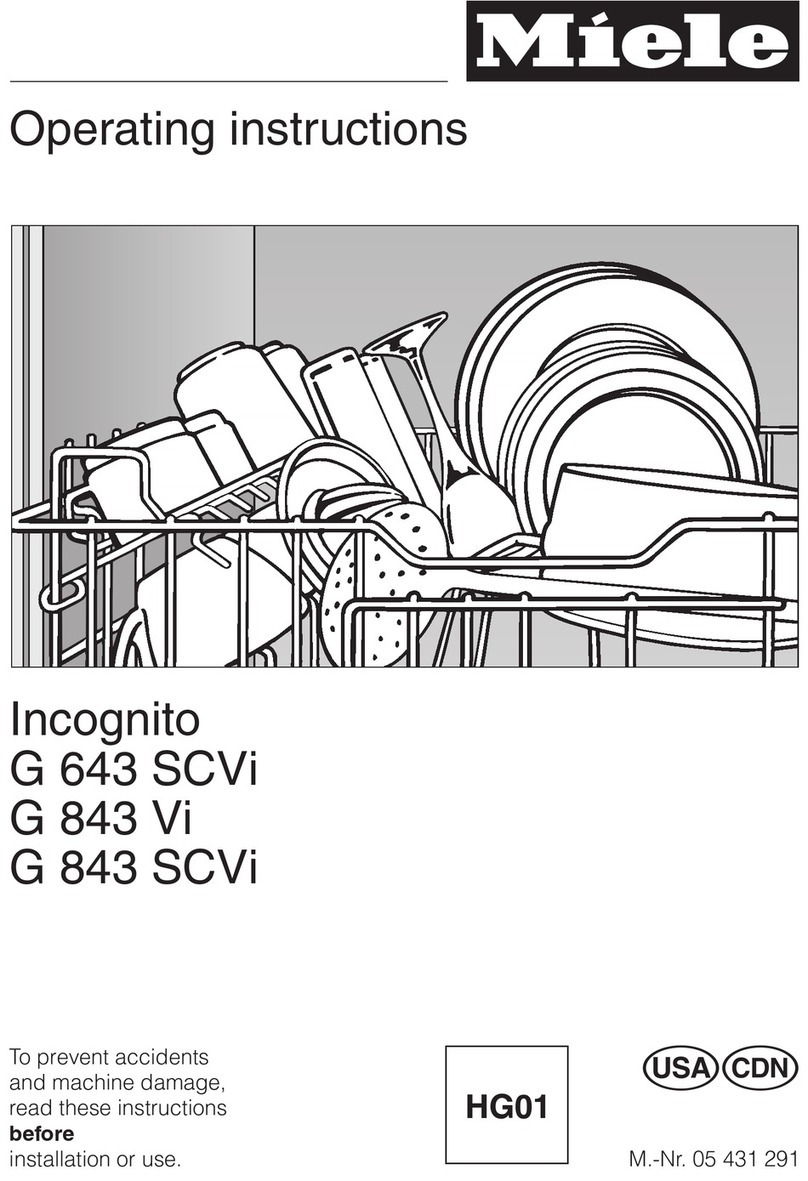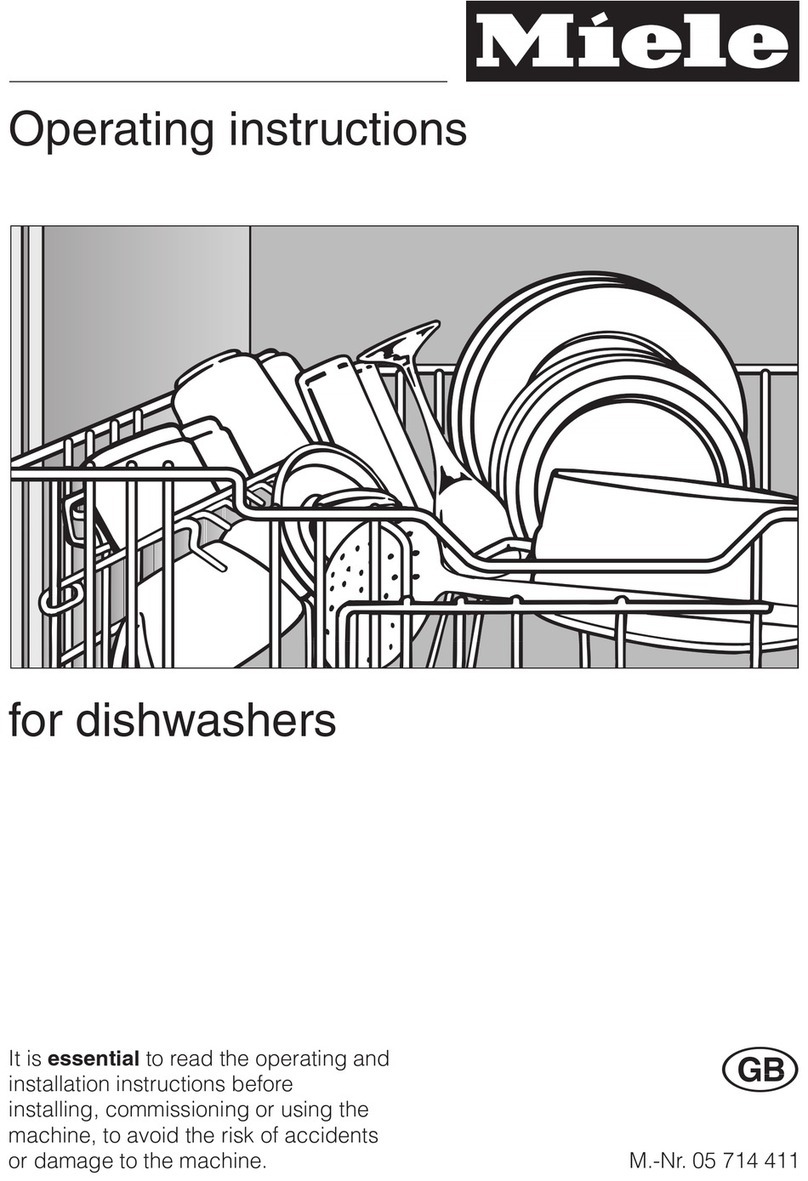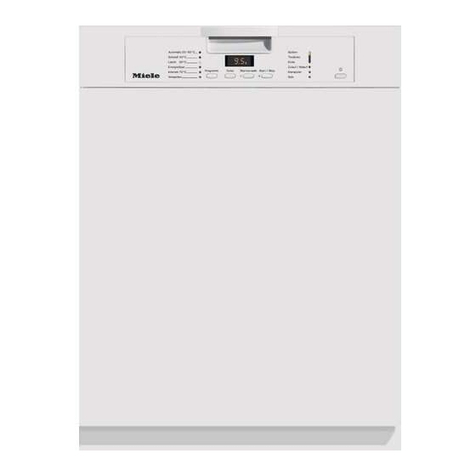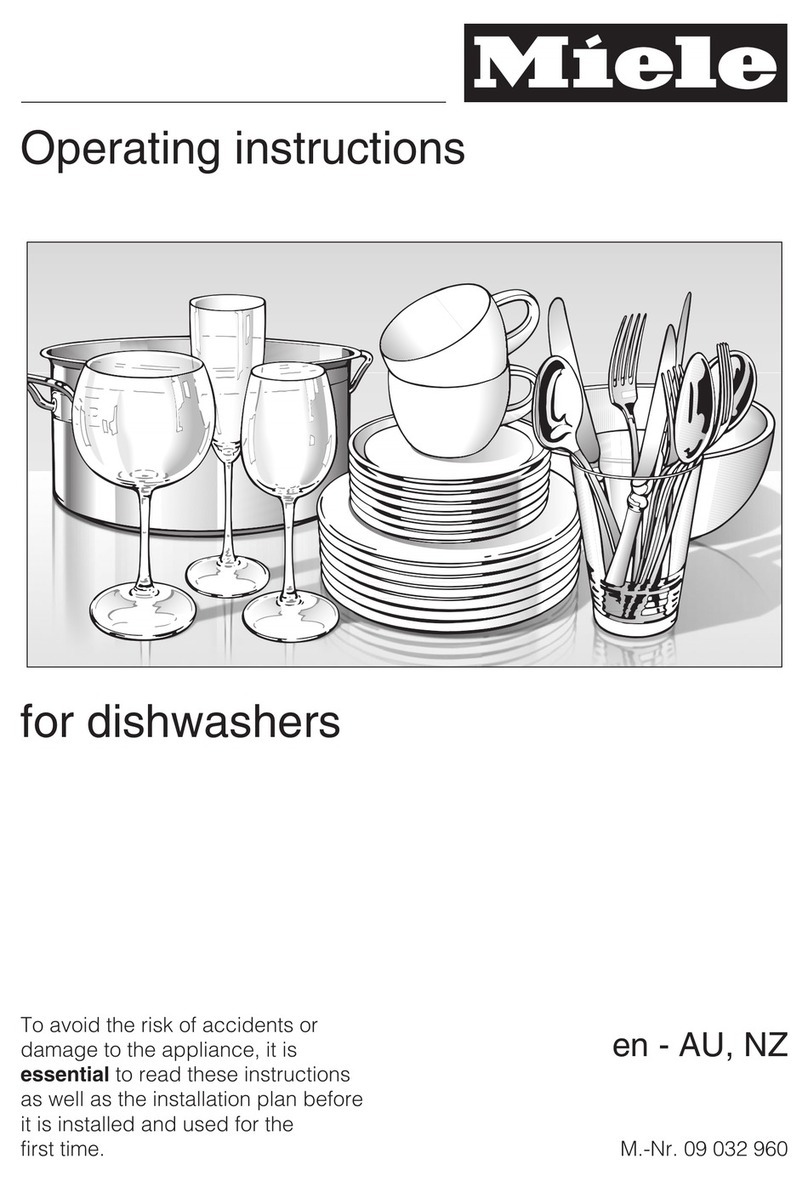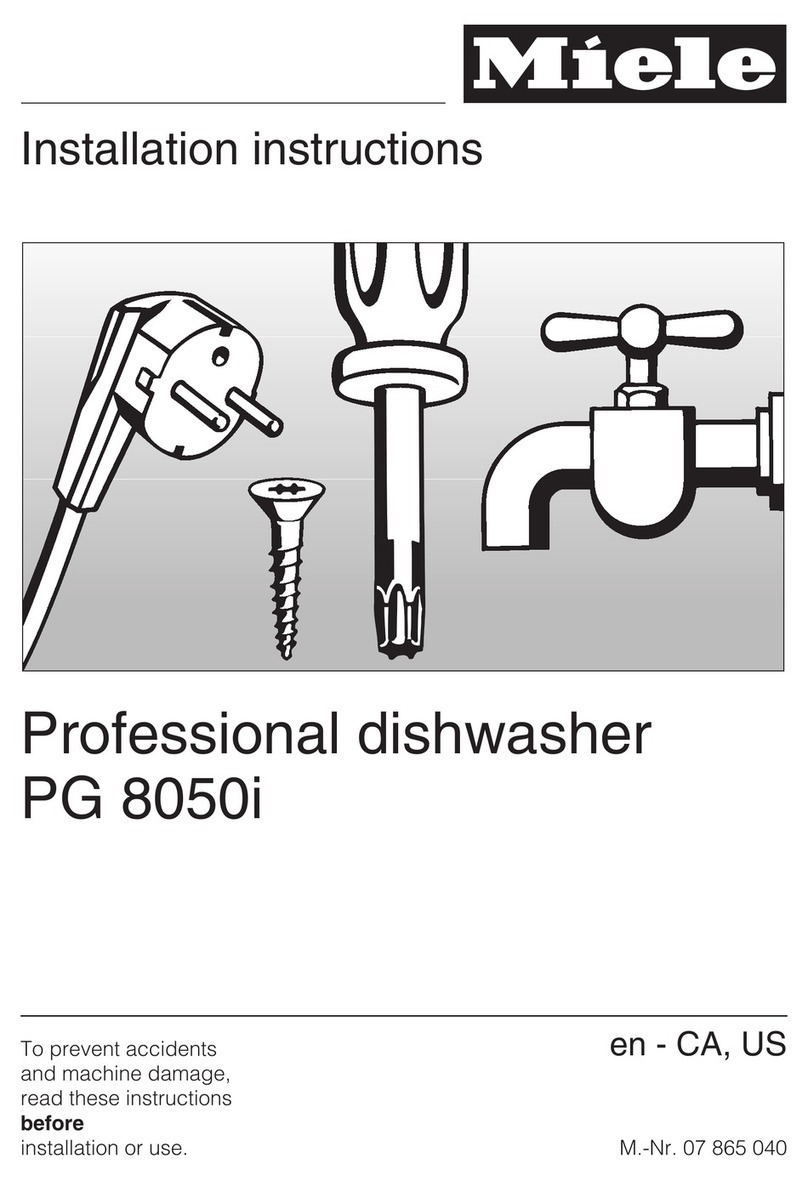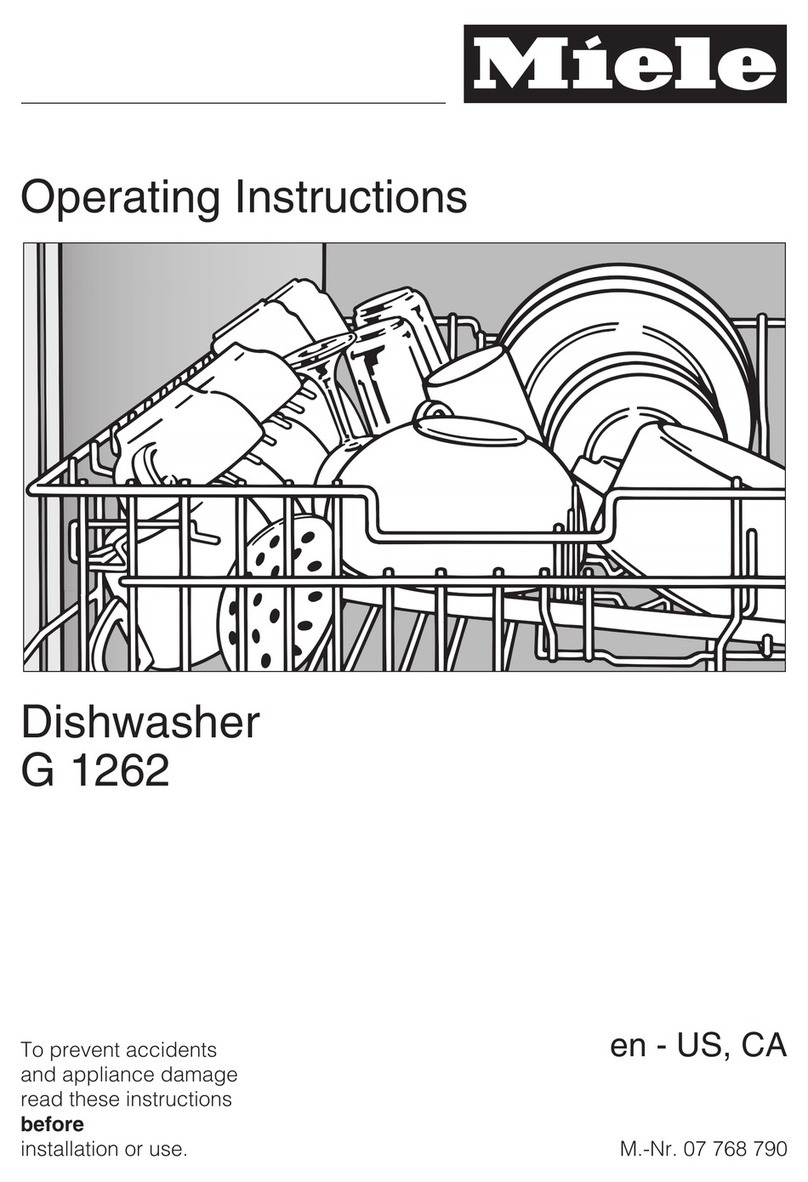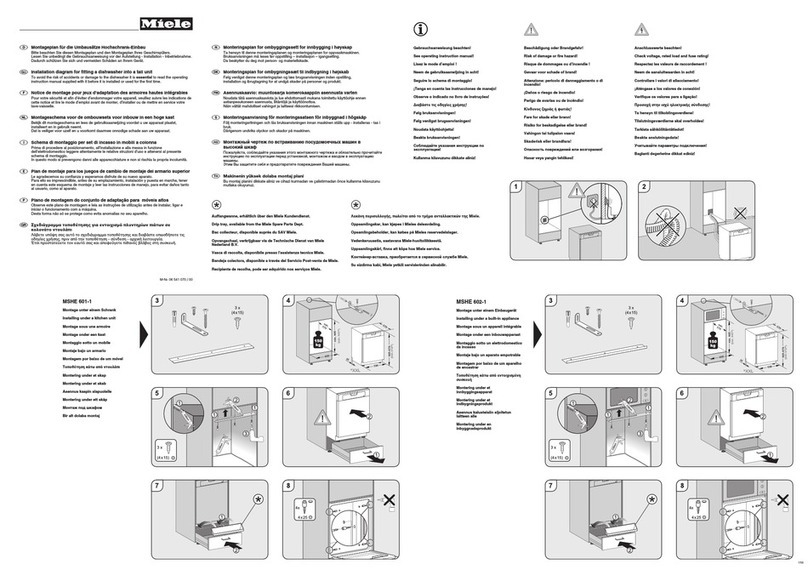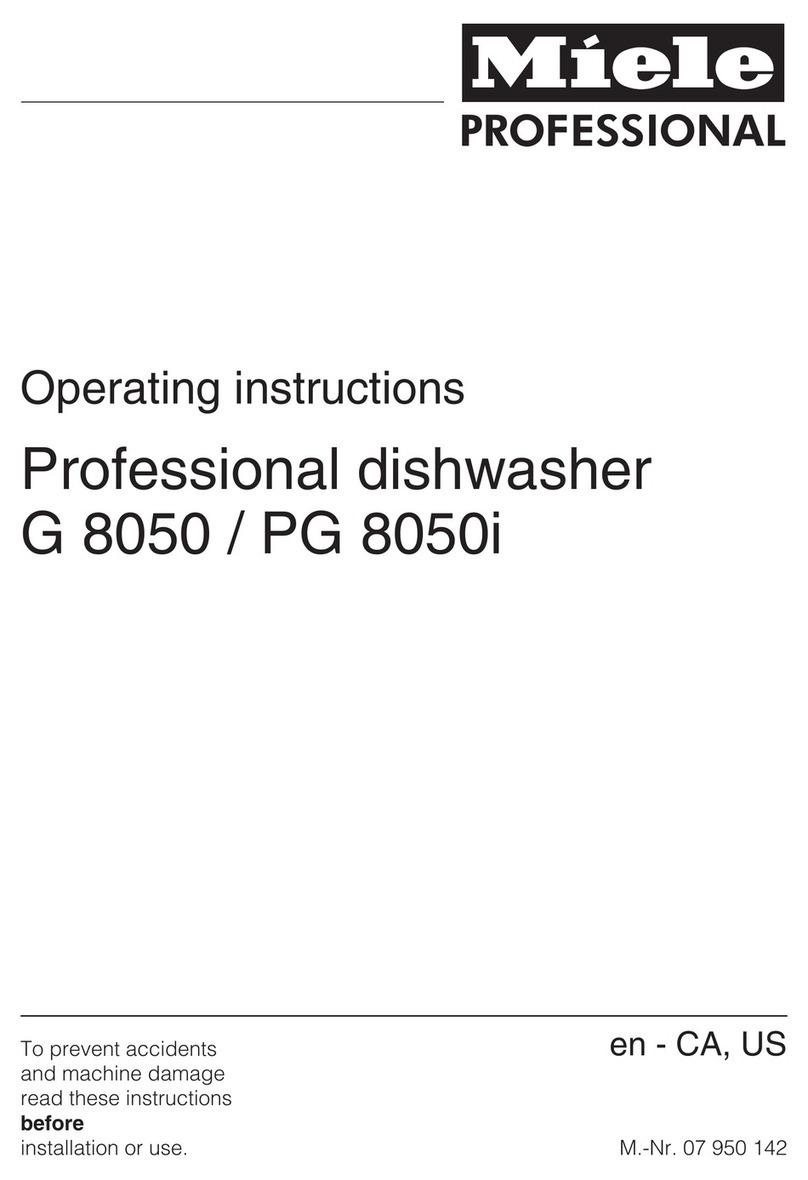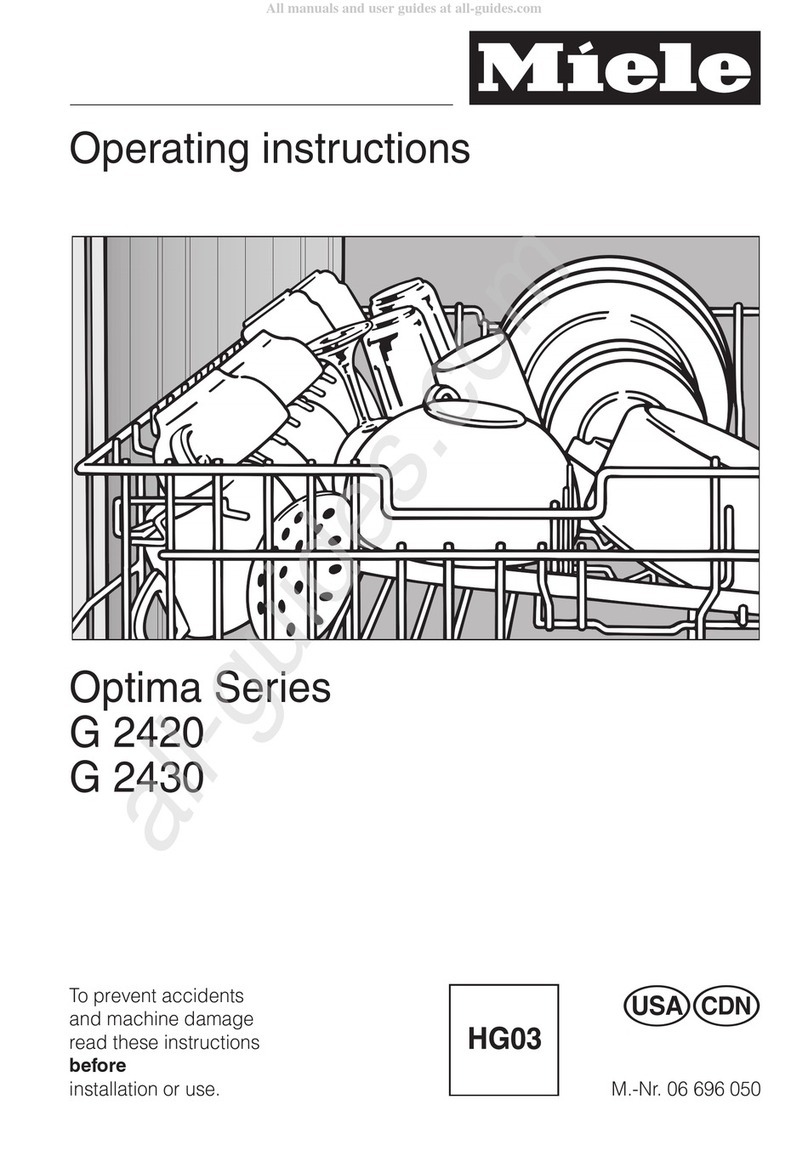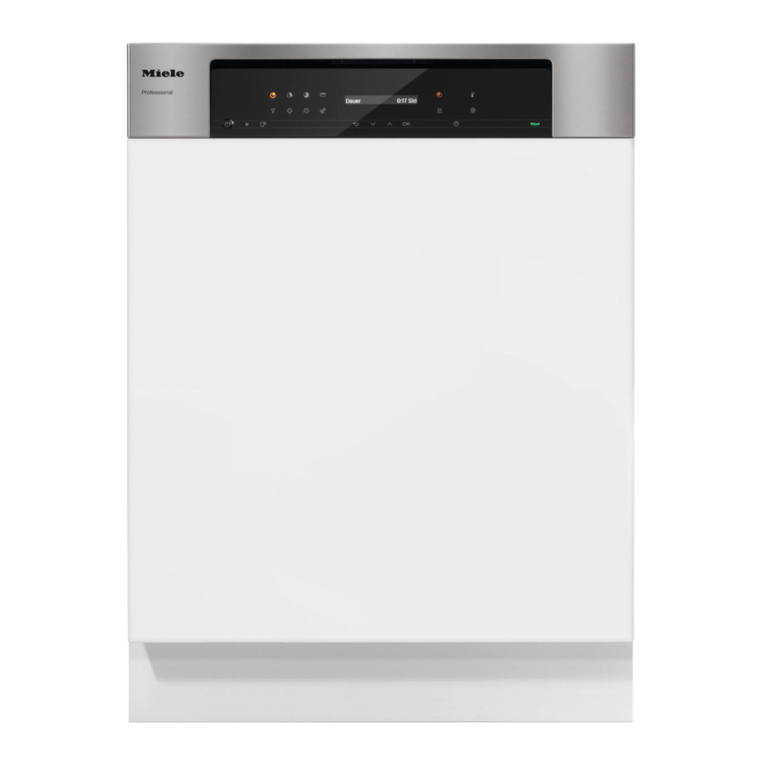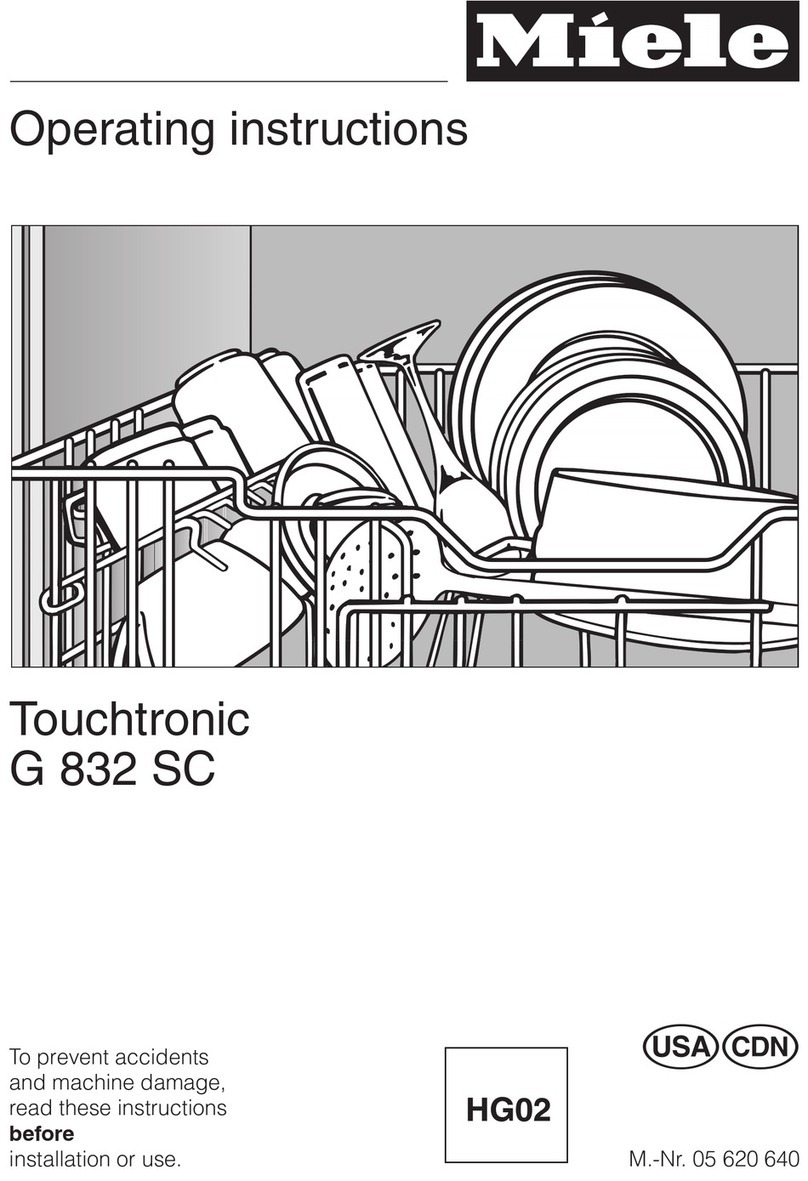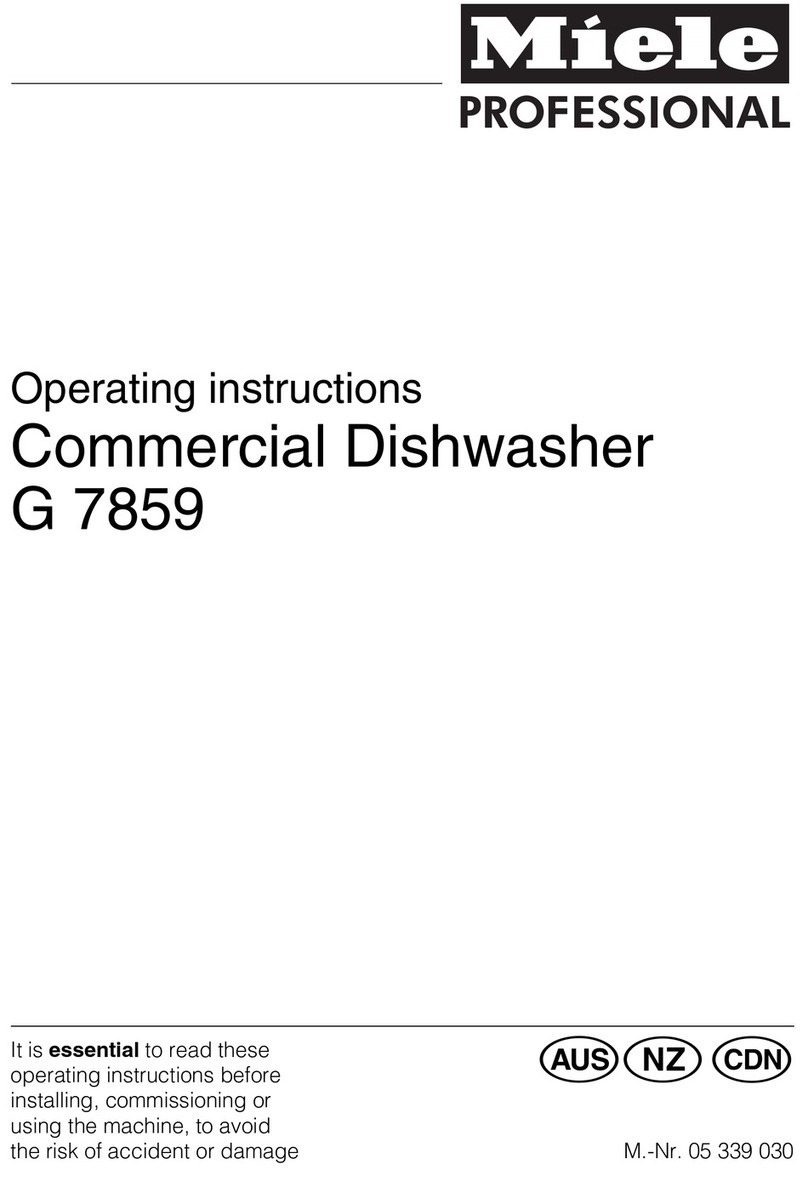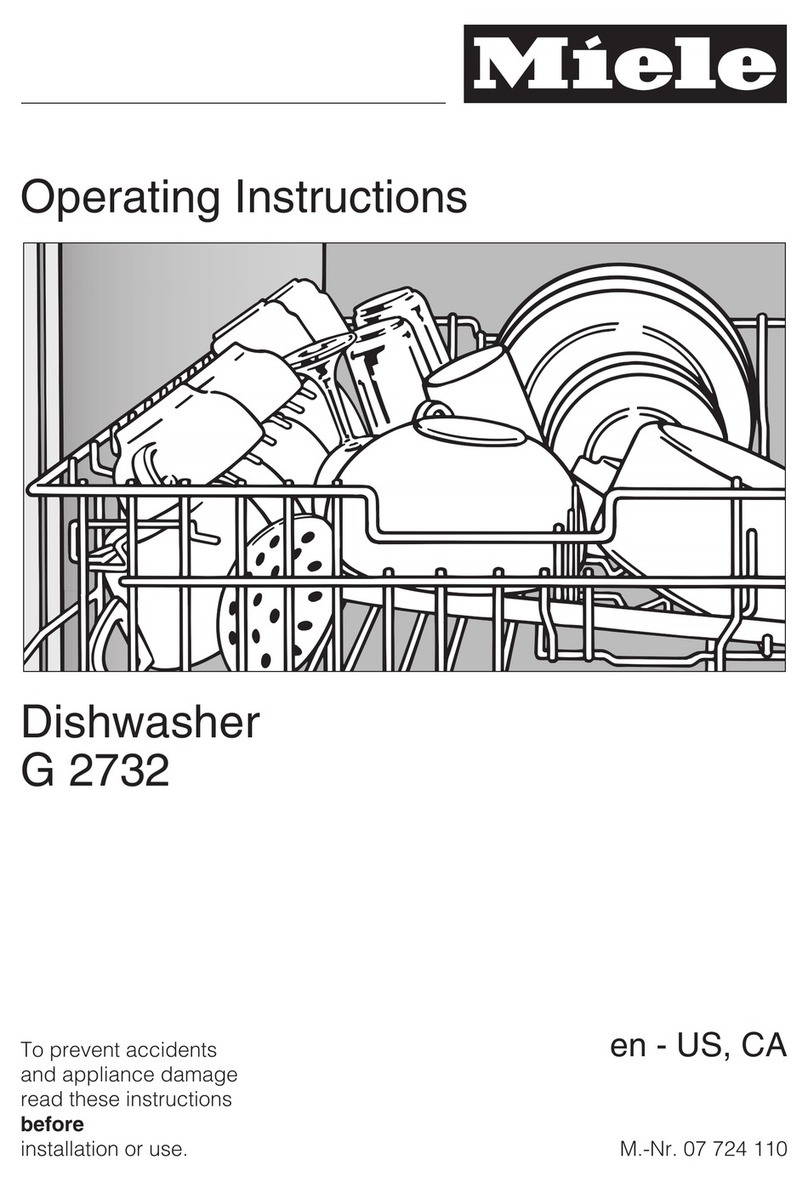
Contents
3
Dispensing neutralising agent or rinsing agent ................................................................... 49
Neutralising agent ........................................................................................................... 49
Rinsing agent .................................................................................................................. 49
Filling the reservoir .......................................................................................................... 50
Cleaning agent..................................................................................................................... 52
Refilling liquid cleaning agent.......................................................................................... 52
Refill indicator.................................................................................................................. 53
Dispensing liquid cleaning agent .................................................................................... 53
Dispensing powder cleaning agent................................................................................. 54
Operation............................................................................................................................ 56
Selecting a programme ... ................................................................................................... 56
Starting a programme.......................................................................................................... 56
Starting a programme using delay start.......................................................................... 56
Programme sequence indicator .......................................................................................... 58
At the end of the programme .............................................................................................. 58
Cancelling a programme ..................................................................................................... 59
Programme cancelled due to a fault ............................................................................... 59
Cancelling a programme manually.................................................................................. 59
Settings ........................................................................................................................... 60
Delay start............................................................................................................................ 61
DOS venting ........................................................................................................................ 62
Language ......................................................................................................................... 63
Date ..................................................................................................................................... 64
Time of day.......................................................................................................................... 66
Volume................................................................................................................................. 69
Further settings.................................................................................................................. 70
Code.................................................................................................................................... 72
Enter code....................................................................................................................... 72
Release............................................................................................................................ 73
Log book.............................................................................................................................. 75
Temperature unit.................................................................................................................. 76
Moving a programme: allocating programme selection buttons......................................... 77
Additional functions............................................................................................................. 78
Reset ............................................................................................................................... 79
Increased water level....................................................................................................... 80
Interim rinse..................................................................................................................... 80
Dispensing systems ........................................................................................................ 81
Temperature / Time ......................................................................................................... 85
Release programme ............................................................................................................ 87
Water hardness.................................................................................................................... 88
Display: Temperature........................................................................................................... 88
Display brightness and contrast.......................................................................................... 89
Switch off after (Auto-Off function)...................................................................................... 90
Factory default..................................................................................................................... 91
Software version.................................................................................................................. 91
Maintenance....................................................................................................................... 92
Periodic checks ................................................................................................................... 92
Routine checks.................................................................................................................... 93
Cleaning the filters in the wash cabinet............................................................................... 93
